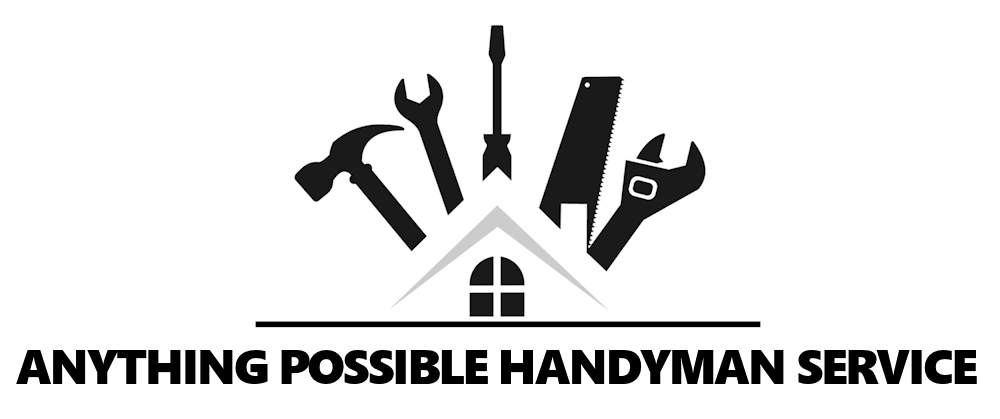In today’s fast-paced business world, adaptability has become a crucial skill for achieving successful project outcomes. The ability to pivot when faced with unexpected challenges can make the difference between a project’s success or failure. Problem-solving capabilities and adaptability are increasingly valued in professionals across all industries, as projects rarely follow a linear path from conception to completion. Instead, they often require adjustments, creative thinking, and the ability to work around obstacles that inevitably arise.
When we examine successful projects, we often find that it wasn’t perfect execution of the original plan that led to triumph, but rather the team’s capacity to adapt when circumstances changed. Whether it’s a construction project facing material shortages, a software development initiative encountering unforeseen technical limitations, or a marketing campaign needing to respond to sudden market shifts, adaptability serves as a critical foundation for success. The most resilient project managers understand that planning is essential, but equally important is the ability to modify those plans when reality differs from expectations.

- A skilled handyman ready to tackle problems, demonstrating the power of adaptability in tasks. Source: anythingpossiblehandyman.com
Understanding Problem-Solving Fundamentals
Problem-solving in a professional context refers to the systematic process of identifying challenges, analyzing potential solutions, and implementing effective remedies while minimizing disruption to overall objectives. True problem-solving goes beyond simply fixing immediate issues—it involves understanding root causes and developing sustainable solutions. Adaptability complements this process by enabling professionals to shift their approach when standard methods prove ineffective. In the real world of projects, improvisation becomes necessary when facing unexpected constraints, requiring professionals to think beyond conventional boundaries while still delivering results on time and within budget.
The fundamental principles of effective problem-solving include maintaining a calm analytical approach, breaking complex problems into manageable components, and leveraging diverse perspectives to generate innovative solutions. Rather than viewing problems as obstacles, adaptable professionals see them as opportunities to demonstrate creativity and resilience. This mindset transformation is particularly valuable in changing project environments where requirements and constraints frequently change. By embracing adaptability, project teams can maintain forward momentum even when faced with significant challenges, ensuring that temporary setbacks don’t derail overall progress toward established goals.

- Practical techniques for overcoming household obstacles and honing problem-solving skills. Source: redfin.com
Techniques for Handling Unexpected Obstacles
When unexpected obstacles arise during projects, one of the most effective techniques is to first assess the situation without panic. Take a step back to understand the full scope of the problem before rushing into solutions. Sometimes materials or components don’t align perfectly with specifications, requiring improvisation. Skilled problem-solvers know how to modify, adjust, or repurpose materials to achieve the desired outcome despite imperfections. This might involve sanding down a component to fit, creating a custom adapter, or finding an alternative material that serves the same function. The key is maintaining a flexible mindset that views specifications as guidelines rather than absolute requirements.
Another powerful technique is the rapid prototype approach, where solutions are quickly tested and refined rather than extensively planned. When projects encounter obstacles, testing small solutions allows teams to fail fast and learn quickly without committing excessive resources. Developing a robust network of resources and experts can also provide valuable support when standard approaches prove ineffective. Rather than forcing a predetermined solution, adaptable problem-solvers are willing to pivot their approach entirely if necessary. This might mean restructuring timelines, reallocating resources, or even redefining project objectives in light of new constraints. By embracing the reality that perfect conditions rarely exist in projects, teams can develop contingency plans that account for potential obstacles before they arise.

- Offering diverse solutions: the mindset needed for persistent problem-solving. Source: anythingpossiblehandyman.com
Building a Problem-Solving Mindset
Cultivating a problem-solving mindset begins with developing patience and persistence, understanding that complex challenges rarely have immediate solutions. This mindset recognizes that significant projects often involve multiple iterations and refinements before reaching completion. Home improvement projects provide excellent examples of this principle in action—whether renovating a bathroom, building a deck, or landscaping a yard, these endeavors frequently uncover unexpected issues that require creative solutions. The problem-solving homeowner knows that rushing through challenges typically leads to suboptimal results, while a methodical approach with proper scheduling and planning ultimately produces superior outcomes in these projects.
Strategic planning forms the foundation of effective problem-solving, but equally important is the flexibility to adjust those plans when circumstances change. Projects benefit from establishing clear timelines and milestones while building in buffer periods to address unforeseen complications. The problem-solving mindset also embraces continuous learning, viewing each challenge as an opportunity to expand capabilities and knowledge. When tackling projects, professionals with this mindset actively document solutions to recurring problems, creating a knowledge repository that speeds future problem resolution. They also understand the value of diverse perspectives, often consulting with colleagues or specialists who might approach challenges from different angles. By combining structured planning with adaptive execution, projects can overcome obstacles that might otherwise cause significant delays or quality compromises.

- Constructing and maintaining a wooden deck: A practical exercise in adaptability and problem-solving. Source: redfin.com
Real-World Applications of Adaptability
Adaptability skills demonstrate their value across diverse industries and scenarios. In healthcare, medical professionals frequently improvise when standard equipment isn’t available or when patient conditions require unconventional approaches. Construction managers regularly adapt plans when encountering unexpected structural issues or material shortages, sometimes completely reimagining implementation strategies midway through projects. In technology, software developers pivot when discovering that planned features aren’t technically feasible within current constraints, finding alternative approaches that still meet core user needs while working within system limitations. These real-world examples illustrate how adaptability translates into tangible business value regardless of the professional context.
During job interviews, candidates can showcase their adaptability by sharing specific examples of how they’ve overcome unexpected challenges. Rather than focusing solely on successes, discussing how they’ve navigated failures and learned from setbacks often demonstrates greater adaptability. Employers increasingly value candidates who can articulate their problem-solving processes and demonstrate comfort with ambiguity. Beyond professional settings, adaptability enhances personal projects and everyday problem-solving as well. Whether managing household repairs, planning family events, or navigating relationship challenges, the ability to adjust expectations and approaches in response to changing circumstances leads to better outcomes. By recognizing adaptability as a transferable skill that extends beyond any single domain, professionals can consciously develop this capability and apply it wherever challenges arise.
